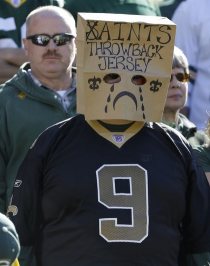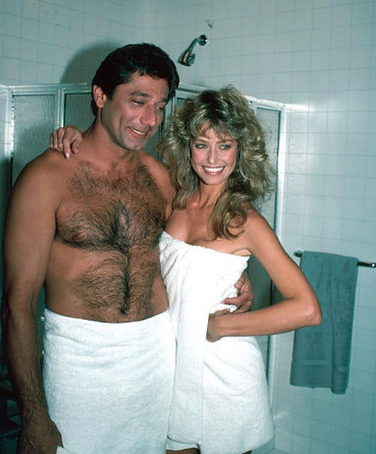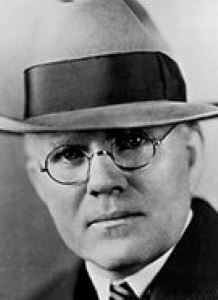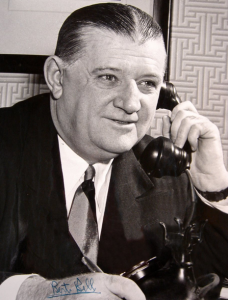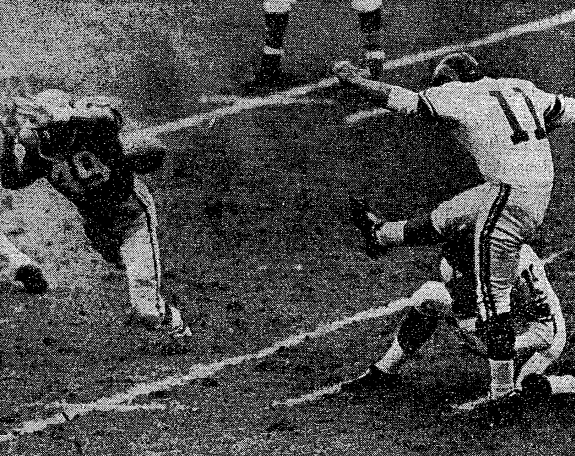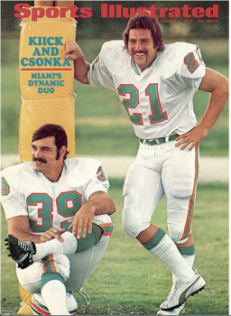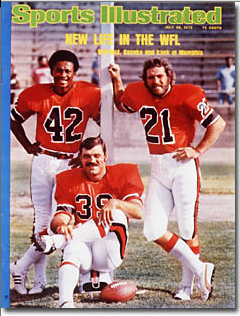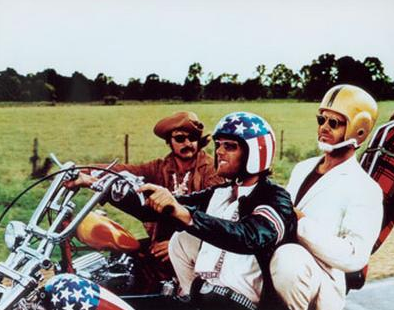Every team wants to get off to a fast start in Week 1, but the 1964 Bills took it to another level. In their opener 50 years ago against the Chiefs, they jumped out to a — no, this is not a typo — 31-0 lead after the first quarter. It’s the best beginning to a season in pro football history . . . by a lot. And lest you think this is just an inconsequential detail, they went on to their first AFL championship that year.
The explosion started quietly enough with a 13-yard field goal by Pete Gogolak. But then Jack Kemp, the future vice presidential candidate, threw three touchdown passes — two to Glenn Bass, the other to Elbert “Golden Wheels” Dubenion — and defensive tackle Tom Sestak added interception to injury with a 15-yard TD return. (His victim: Hall of Famer Len Dawson.)
The Chiefs regained consciousness and got within striking distance by the end of the third quarter, but Buffalo held them off, 34-17. The Bills then proceeded to win their first nine games and, on the day after Christmas, beat the defending champion Chargers to take the title.
In other words, it wasn’t the season their coach, Lou Saban, said this:
No other team NFL team has ever had more than a 21-point lead after the first quarter of its opener. The ’08 Falcons were the last to do it (against the Lions in Mike Smith’s first game on the Atlanta sideline). As you’ll see in the following chart, four of the 12 Fast Starters went on to win the title and eight made the playoffs. Somehow, though, two managed to lose the game.
BIGGEST WEEK 1 LEADS AT THE END OF THE FIRST QUARTER
[table]
Year Team,Opponent,Pts (Score),Final,Result (Record)
1964 Bills,Chiefs,31 (31-0),W\, 34-17,Won AFL title (12-2)
2008 Falcons,Lions,21 (21-0),W\, 34-21,Wild card (11-5)
1999 Eagles,Cardinals,21 (21-0),L\, 25-24,Missed playoffs (5-11)
1991 Redskins,Lions,21 (21-0),W\, 45-0,Won Super Bowl (14-2)
1990 Falcons,Oilers,21 (21-0),W\, 47-27,Missed playoffs (5-11)
1988 Eagles,Bucs,21 (21-0),W\, 41-14,Won division (10-6)
1981 Seahawks,Bengals,21 (21-0),L\, 27-21,Missed playoffs (6-10)
1973 Redskins,Chargers,21 (21-0),W\, 38-0,Wild card (10-4)
1968 Raiders,Bills,21 (21-0),W\, 48-6,Won division (12-2)
1966 Chiefs,Bills,21 (21-0),W\, 42-20,Won AFL title (11-2-1)
1951 Rams,Yanks,21 (21-0),W\, 54-14,Won title (8-4)
1940 Packers,Eagles,21 (21-0),W\, 27-20, Missed playoffs (6-4-1)
[/table]
Other items of interest:
● The ’81 Bengals, who overcame that 21-0 first quarter deficit against the Seahawks, went all the way to the Super Bowl (where they couldn’t overcome a 20-0 halftime deficit against the 49ers).
● While the ’51 Rams were coldcocking the New York Yanks in their opener, Norm Van Brocklin was throwing for 554 yards. It’s still the NFL record (by 27). Sixty-three years and counting, folks.
● Did you notice? Two years after the Bills laid a 31-0 first quarter on them in Week 1, the Chiefs returned the favor, 21-0 (in the very same stadium: War Memorial). Buffalo still reached the ’66 AFL championship game, though (only to lose to Kansas City again).
● That miserable first quarter certainly set the tone for the ’08 Lions. They proceeded to go 0-16, the only NFL team to plunge to such depths. The ’91 Lions, on the other hand, proved more resilient. After their stinker of a beginning, they regrouped, went 12-4 and met the Redskins again in the NFC title game (where the result was pretty much the same — a 41-10 whipping).
● The Bills’ 31-point margin isn’t just the biggest in the first quarter of an opener; it’s the biggest in the first quarter of any game. (Vince Lombardi’s Packers put up a 35 in the opening quarter against the Browns in November ’67, the record for total points, but they also gave up a touchdown, so they were ahead by “only” 28.)
● Finally, remember that Gogolak field goal I mentioned at the top? Turns out it was the first by a soccer-styler in pro football history. It’s also the subject of my next post, which I’ve linked to here.
At any rate, who knew the first quarter of the first game could be so telling?
Source: pro-football-reference.com

